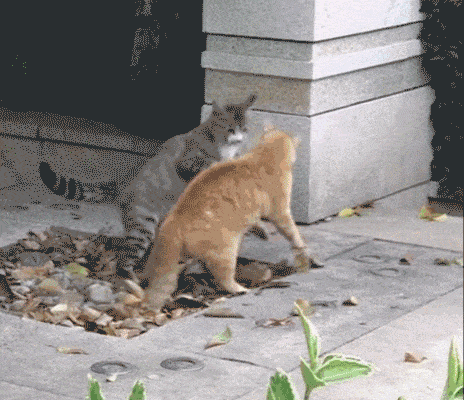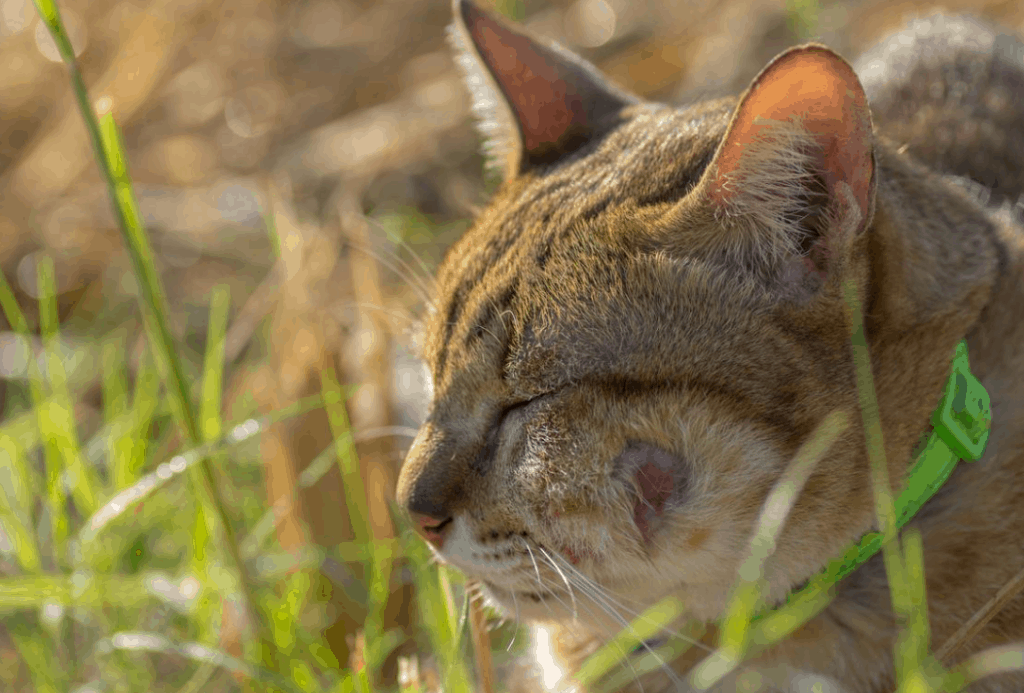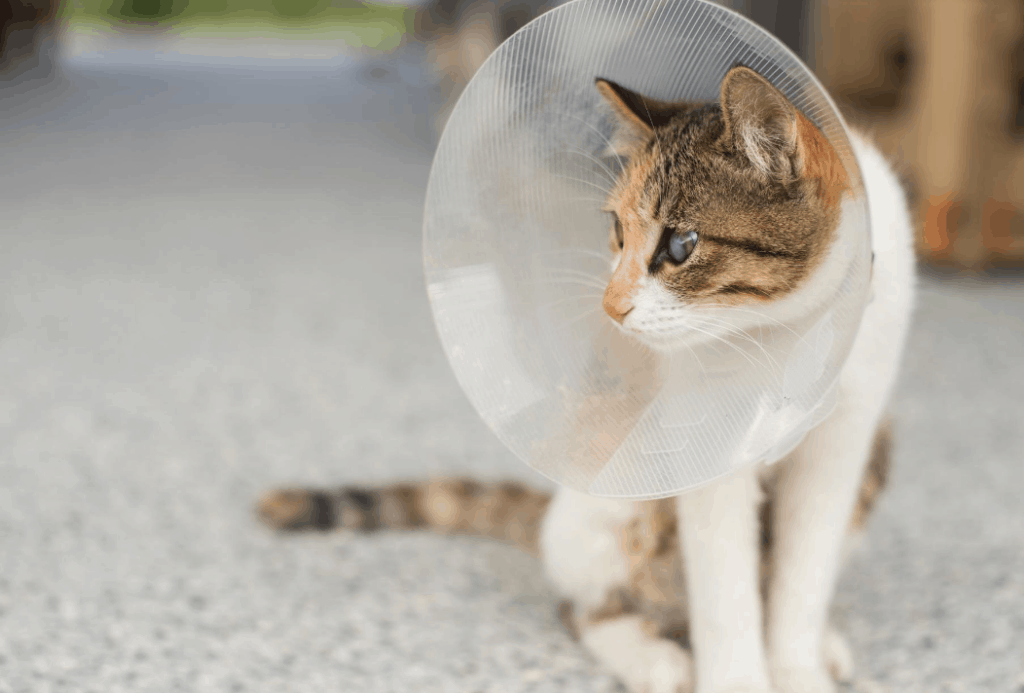Cat Bite Abscesses: What They are and What to do!
If your cat spends time outside or if you have multiple cats, they are at risk for developing a particularly painful type of infection, known as a cat bite abscess.
True to its name, this health issue usually occurs in cats that have been bitten by another cat, although claw marks do have the potential to cause abscesses, as well, and distinguishing between the two can be quite difficult. These abscesses usually occur as a part of a challenge over territory. Your cat may have just been defending their yard from an interloper when the fight occurred.

Most infected wounds that cats get come as a result of cats fighting with each other, rather than occurring from a dog or a wild animal. These wounds can make your cat very sick, especially if they don’t receive treatment right away. Because unneutered males get into fights over territory more commonly than neutered males or even females, your cat should be fixed to help minimize his risk of developing an issue.
Where are cat bite abscesses normally found?
When cats get into fights, the normal areas for an abscess are around the head and forelimbs, especially with the aggressor. Cats that run from a fight will typically have their wound(s) around their flank or tail. It is uncommon to find cat bite abscesses around the belly or the back, although these are certainly possible.
What causes a cat bite abscess?
What causes an abscess to form is the puncture from the cat’s tooth. This puncture typically heals quite quickly, sealing in bacteria from the cat’s mouth in the wound. The bacteria enjoy the favorable conditions and rapidly multiply. In many cases, there is little evidence on your cat’s skin of a puncture until the abscess starts to form. Swelling and pain typically occur at the site of the puncture wound. With an abscess that is walled off, the body forms a thick layer around the infection. These cats don’t typically have a fever, but ones with cellulitis, where the infection spreads around the tissues, will often run a fever. A pocket of pus may even form, especially if the skin around the wound is loose, such as on your cat’s side.

What to do for a cat bite abscess
If you know that there is a chance that your cat has gotten into a fight and has a wound, it’s important that you take them into the vet. Getting started on antibiotics with a presumptive cat bite wound will help minimize the risk that your cat will develop an abscess or cellulitis.
While you’re waiting to get your cat into the vet, there are some things you can do at home, if your cat will let you do it safely. One of those things is to clean the wound. Hydrogen peroxide is often a go-to for cleaning wounds, but it should be used cautiously as it can delay wound healing. Soaking the area with an Epsom salt compress or soak can also help draw out any infection, but you should not let your cat drink the water as it can cause gastrointestinal upset.
What your veterinarian may do for an abscess
Evaluate for swelling
When your cat presents to a veterinarian for exam, they will evaluate your pet for signs of external injury and swellings. If a swollen area is noted, your vet may stick a needle into the site to see if purulent material, or pus, is drawn out. Having this can be especially beneficial for culturing to see what bacteria grows and what type of antibiotics will be most effective.
Clean and drain
Depending on what the site looks like, your veterinarian may need to clean and drain the area. As this can be quite painful, your cat may need to be anesthetized or sedated. If there is an open wound, the veterinarian will likely flush the area out well after clipping and cleaning the site. If the infection is sealed off, your vet may need to reopen the wound to let the infection out. Often, the infected tissue needs to be debrided and removed. Your veterinarian may even need to place a drain in the site.
Antibiotics
When your veterinarian treats your cat, they will likely prescribe antibiotics. The antibiotic options may depend on what the wound looks like, the area infected, and what your cat will tolerate. Pain medications are also often given for a few days. If your cat isn’t eating or drinking, they may even need to be hospitalized for a few days with IV fluids to keep them hydrated and healthy.
At-home care
After your cat receives treatment from their veterinarian, you will have some important duties at home. You need to give any medication exactly as prescribed to help your cat recover. You will likely also need to keep the area around the abscess cleaned as it drains. Discuss with your veterinarian what they want you to clean it with, as some may just need you to wipe the area with a clean cloth, while others may need you to flush the area with antibacterial solutions like chlorhexidine. Follow up with your veterinarian as directed to ensure your cat heals appropriately.
Preventing a cat bite abscess
It can be hard to prevent a cat bite abscess, but one of the things you can do is keep your cat indoors.

Unfortunately, that isn’t always possible, so it’s important to keep your cat as healthy as possible. Spaying and neutering can decrease the likelihood of your cat getting into any territorial disputes caused by wandering around the neighborhood.
Cat vaccinations are also incredibly important to help minimize the risk of spreading contagious diseases, such as feline leukemia. Your veterinarian may want to test your cat for infectious viruses such as feline leukemia and feline immunodeficiency virus with a simple blood test, especially if they’ve been in an altercation.

Always monitor your cat closely, especially if they spend time outside
Consider methods of keeping them protected, such as enclosing your back deck or building your cat an outdoor cattery where they can run and play safely, giving them an opportunity to enjoy the outdoors.
If your cat does develop an abscess, immediate medical care is necessary, and you should follow all of your veterinarian’s directions for treatment to ensure a speedy recovery.
The post Cat Bite Abscesses: What They are and What to do! appeared first on VetBabble.




Post a Comment